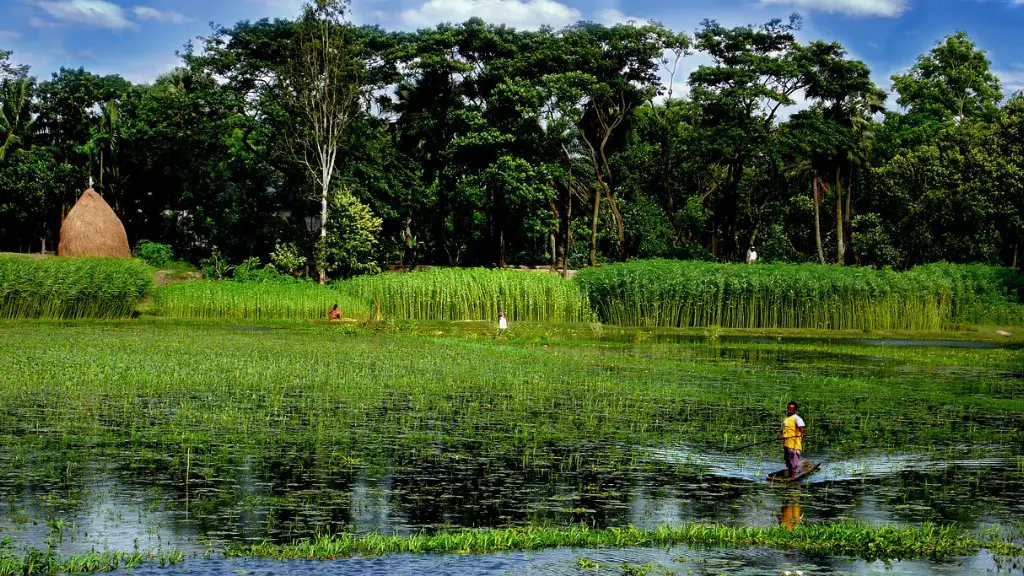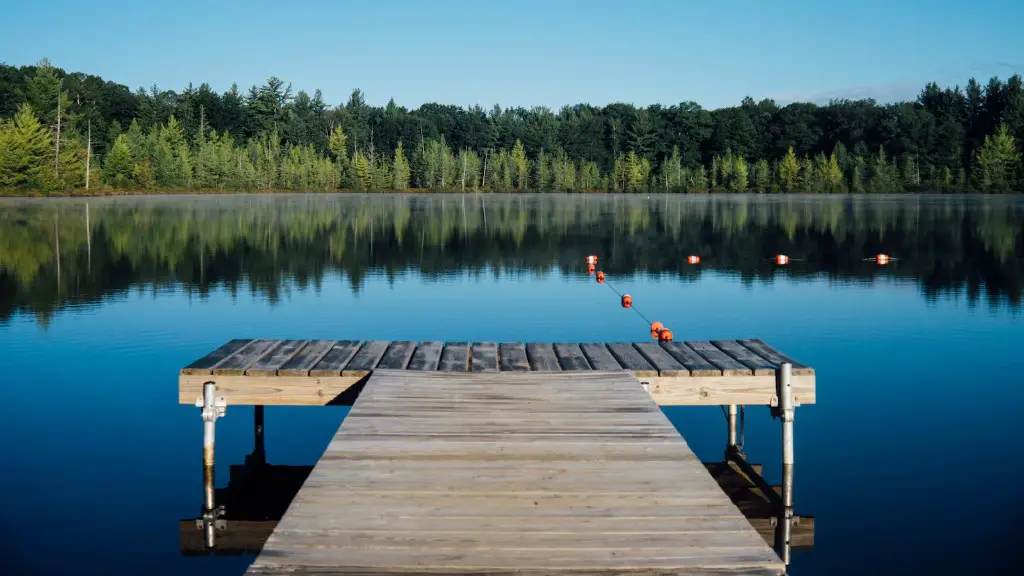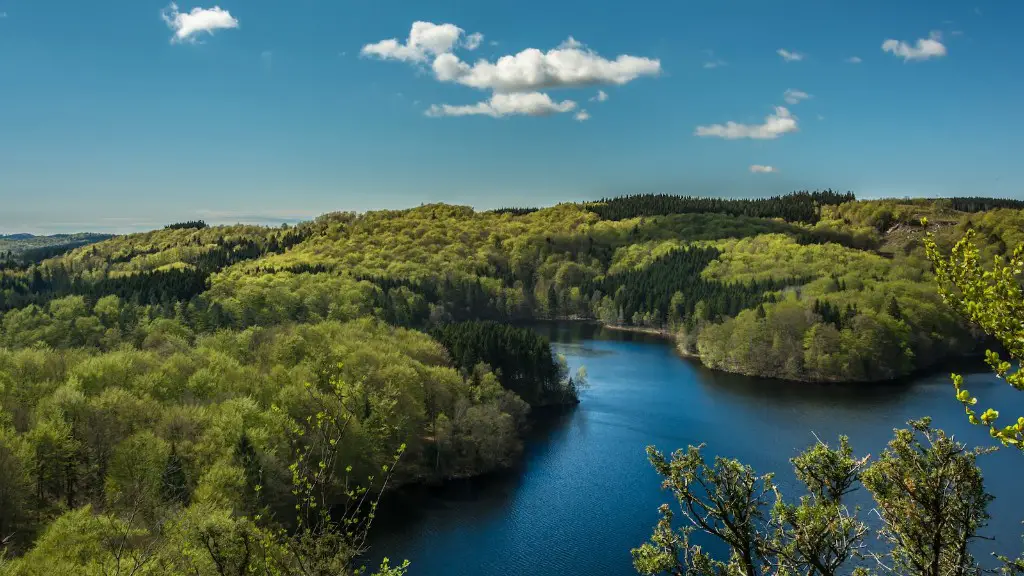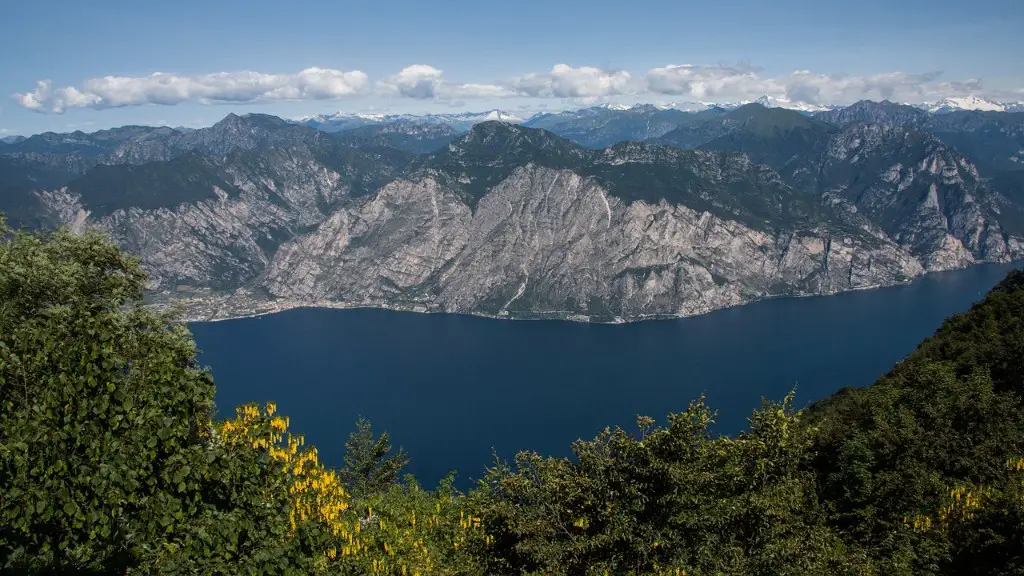Lake Titicaca History
Lake Titicaca has been an incredible ecosystem and an important geographical feature for over a thousand years. It is renowned for being the highest navigable lake in the world, situated on the highlands of Peru and Bolivia, at an elevation of 3,812 m (12,507 ft). It is said that the Incas believed the lake to be the birthplace of the sun god – Viracocha – and their royal family. The Incas named the lake Titicaca, which is a combination of two Quechua words: titi, meaning “puma”, and qoca, meaning “lake”. Therefore, the name means “puma-lake” or “lake of the puma” in modern Quechua.
Inca Origins
Historians today speculate that the name was actually derived from an Incan tale about a battle between pumas atop the lake. According to this narrative, a rogue puma had attacked the local residents, who responded by throwing stones at it from a cliff. Unable to resist the rocks and fearing for its life, the puma leapt into the lake before it hit the water and changed into a rock formation. Thus, the story of “the leap of the puma” and the origin of the lake’s name became intertwined.
There are still myths and legends abounding about Lake Titicaca, which has been a sacred site to the Aymara people, who inhabit the area. Anthropologists and ethno-historians believe that the people of the region have held close associations with the lake since the Pre-Inca, or Cahuachi culture, which reached its peak between 1,000 and 200 BC. The lake was also associated with several other cultures and religious practices, including Roman Catholicism, which played a dominant role in the region after the Spanish conquest in the 16th century.
Fear of Spanish Missionaries
Back then, the fear of the Spanish missionaries and their attempt to convert the people to Christianity, led to the local inhabitants hiding their spiritual traditions and beliefs. Yet despite the forced Christianisation, the Aymara people continued to pay homage to the lake, revering its waters as a place of healing and cleansing; a transition place between the physical and spiritual worlds. As a result, the lake’s given name has been preserved and is still being used today.
Spanish Colonialists
The Spanish colonialists of the 16th century did not call the lake “Titicaca”; instead, the lake was referred to as “Lago de Chucuito”, or “Lake of Chucuito”. This designation originates from the Inca local rulers – huacos chucuitos – who would pay yearly tribute to the Inca Sun God at the lake.Chucuito in Aymara translates as “at the end of Long Stone”, suggesting that there was and is a vast rock formation at the south of the lake, which the local people stepped over in order to enter the sacred site.
Recent Developments
In recent years, Lake Titicaca has seen a green revolution, with reclaiming and reforestation projects meant to protect the rich biodiversity located near and around the lake. Scientists consider this lake to be an amazing educational resource, with reports showcasing how it houses more than 40 endemic species of wildlife, not to mention being a significant source of livelihoods and cultural heritage in Peru and Bolivia.
Modern Significance
Today, as the largest freshwater lake in South America, Lake Titicaca is considered to be one of the most important ecological habitats in the world. It is also a major tourist attraction, drawing people from world over to experience the amazing landscape surrounding it. Furthermore, the lake continues to play a spiritual role for the indigenous people who have lived near it for thousands of years, providing physical sustenance and spiritual guidance.
Climate Issues
The lake itself, however, is facing a number of environmental issues, including eutrophication caused by both natural and man-made pollution, unregulated tourism and overfishing leading to the degradation of the lake’s fragile ecosystem.This short-sightedness has caused lake levels to plummet in recent decades, threatening the delicate balance of the lake’s biodiversity.
Preserving the Legacy
Consequently, the local and international authorities responsible for the care of Lake Titicaca are taking steps to ensure its preservation and protection. Scientists and conservationists are constantly formulating new plans to rebuild the lake’s health, using smart management and data-driven decision making to support its long-term well-being.
Protection of the Environment
The governments of Bolivia and Peru are also playing key roles in protecting the environment. Through the implementation of an integrated management plan, they are seeking to strengthen conservation actions, whilst also promoting sustainable practices in the area. This plan seeks to educate and draw attention to the importance of Lake Titicaca and the wider environment, while also promoting job opportunities and employment in the area.
Environmental Conservation
The Bolivian government is also taking steps to protect the lake environment. This includes the Lake Titicaca Environmental Conservation Project, which seeks to reduce pollution in the lake, as well as prevent further water scarcity by building better infrastructure for water supply and wastewater treatment. The project is also looking to restore the lake’s biodiversity, helping to reverse the damage caused by various environmental issues. Thus, the lake as an ecosystem will be better protected and preserved for generations to come.
Promotion of Environmental Education
The government of Peru and Bolivia are also working together on other initiatives in this regard. These include the launch of a series of environmental education campaigns, which seek to inform local inhabitants and visitors to the lake on environmental best practices. The campaign also looks to emphasise the importance of preserving the lake’s environment, as well as the benefits of sustainable tourism. As a result, visitors to this area will be better informed and more aware of the importance of respecting and preserving the lake.
Sharing of Cultural Traditions
The local people of Lake Titicaca are also striving to protect their traditions and culture; something which is integral to their identity. Cultural activities, such as traditional storytelling and festivals, are organised by the local community in order to pass on stories, tales, and age-old skills to their young people. In this way, the area’s cultural heritage is preserved and shared, further strengthening ties between the people of Titicaca and the area itself.
Ecological Tourists
Today, Lake Titicaca has become an important destination for eco-tourists seeking to learn about the environment and culture of the area. This growing number of visitors has created a range of jobs for the local people; from carpenters and mechanics, to chefs and tour guides. Moreover, this new source of income has enabled the residents to preserve their culture, while also providing foreign visitors a unique opportunity to experience the wonders of this beautiful part of the world.



